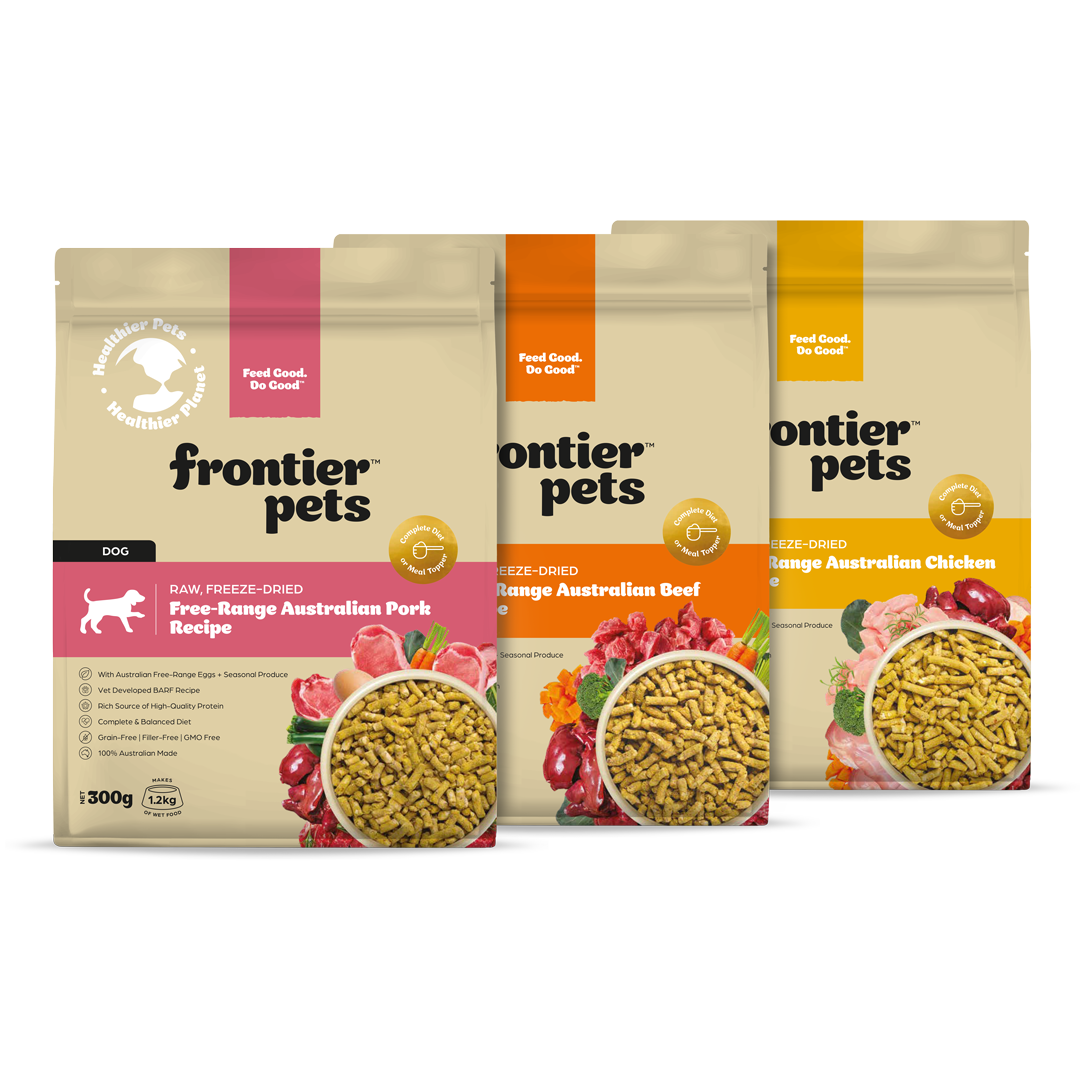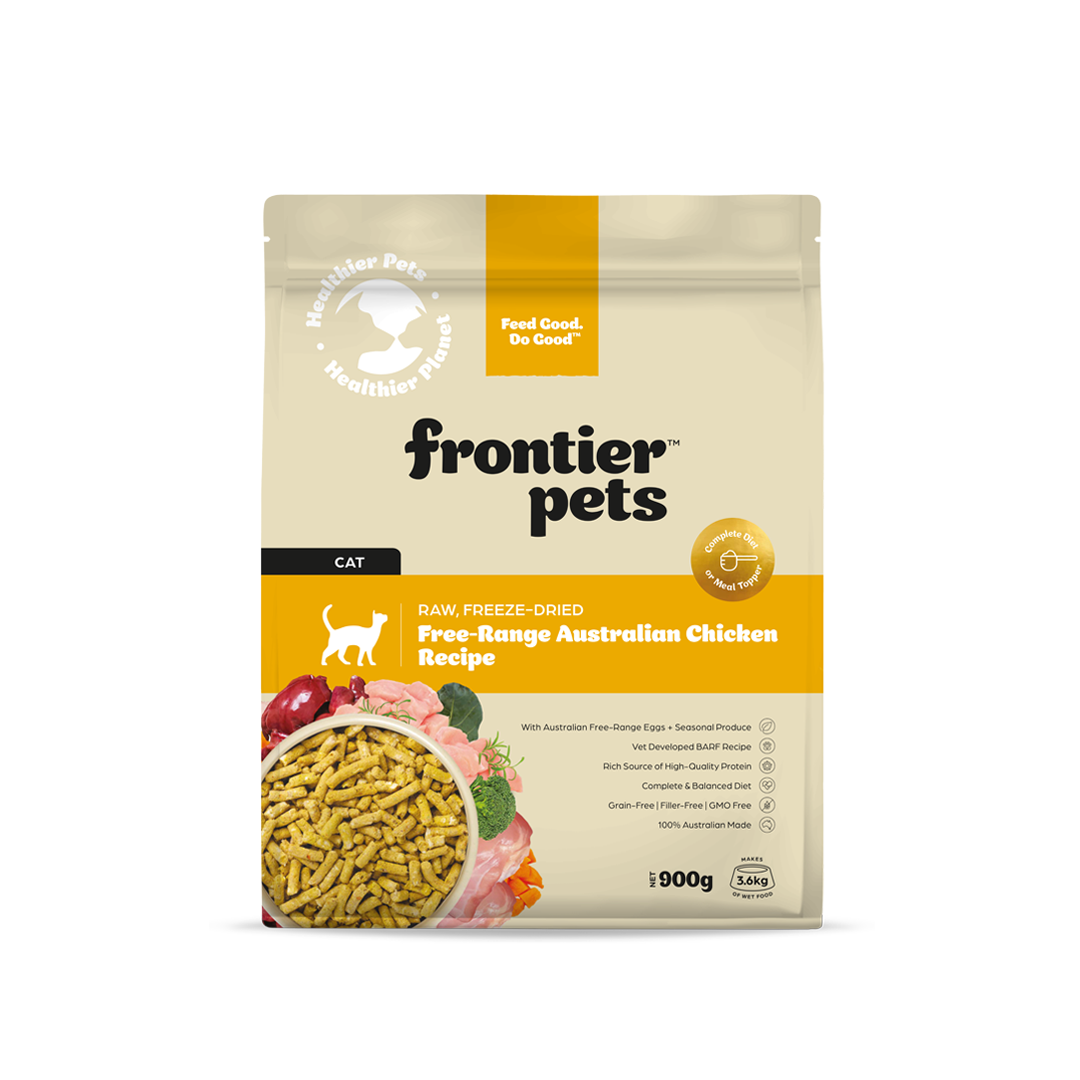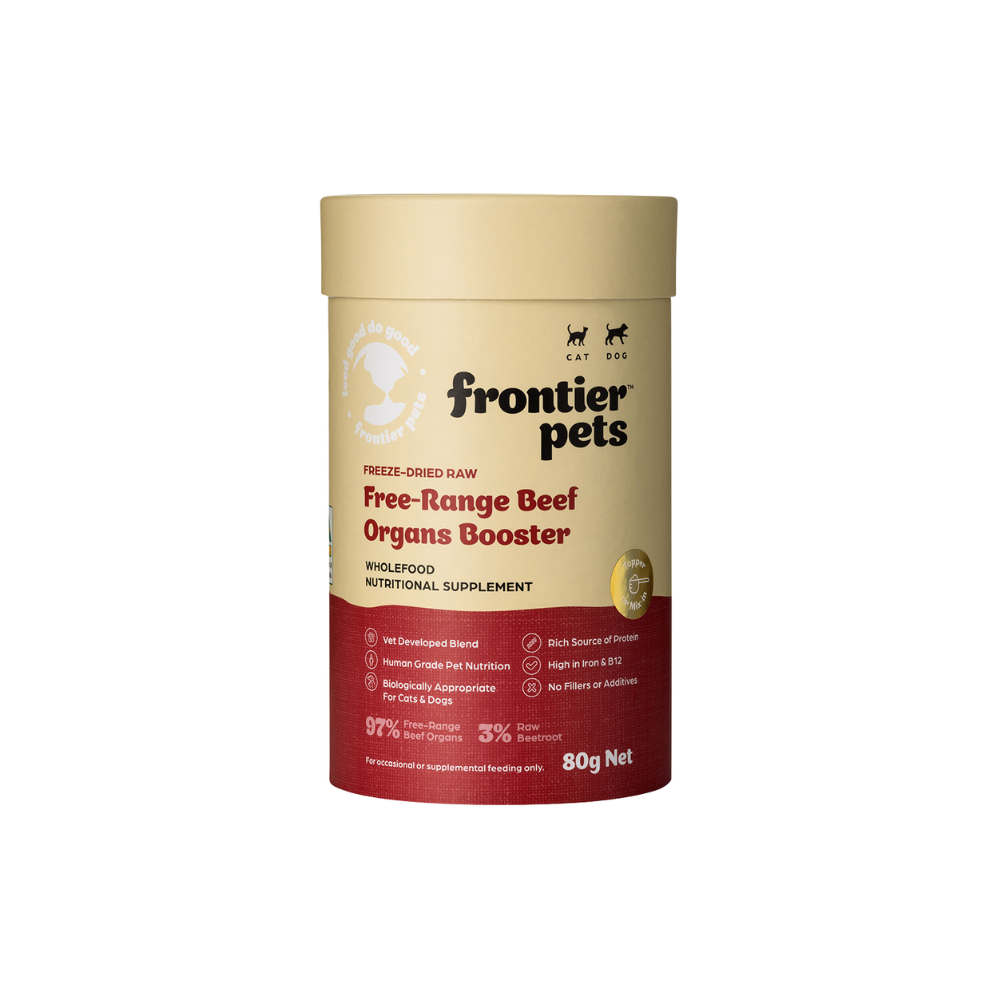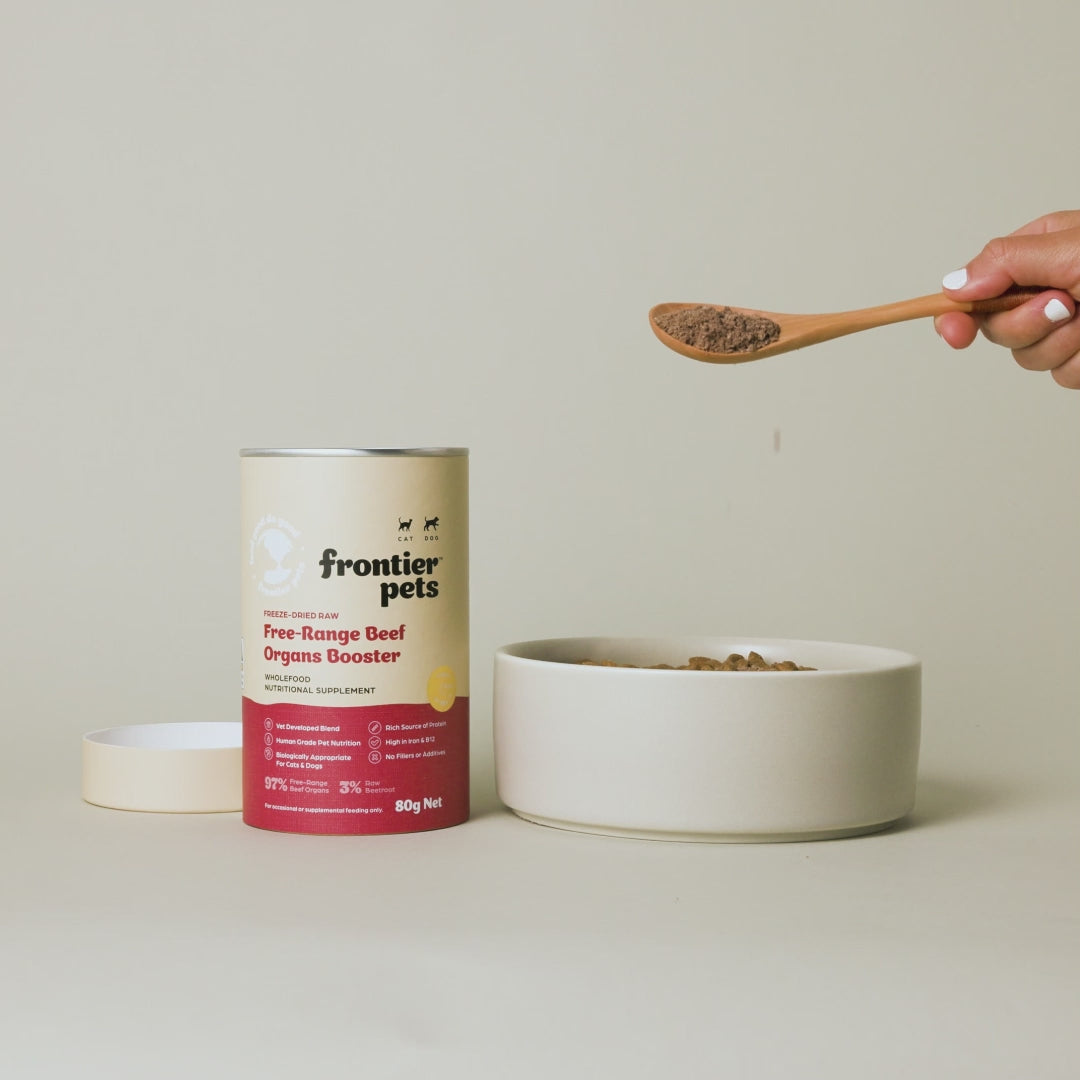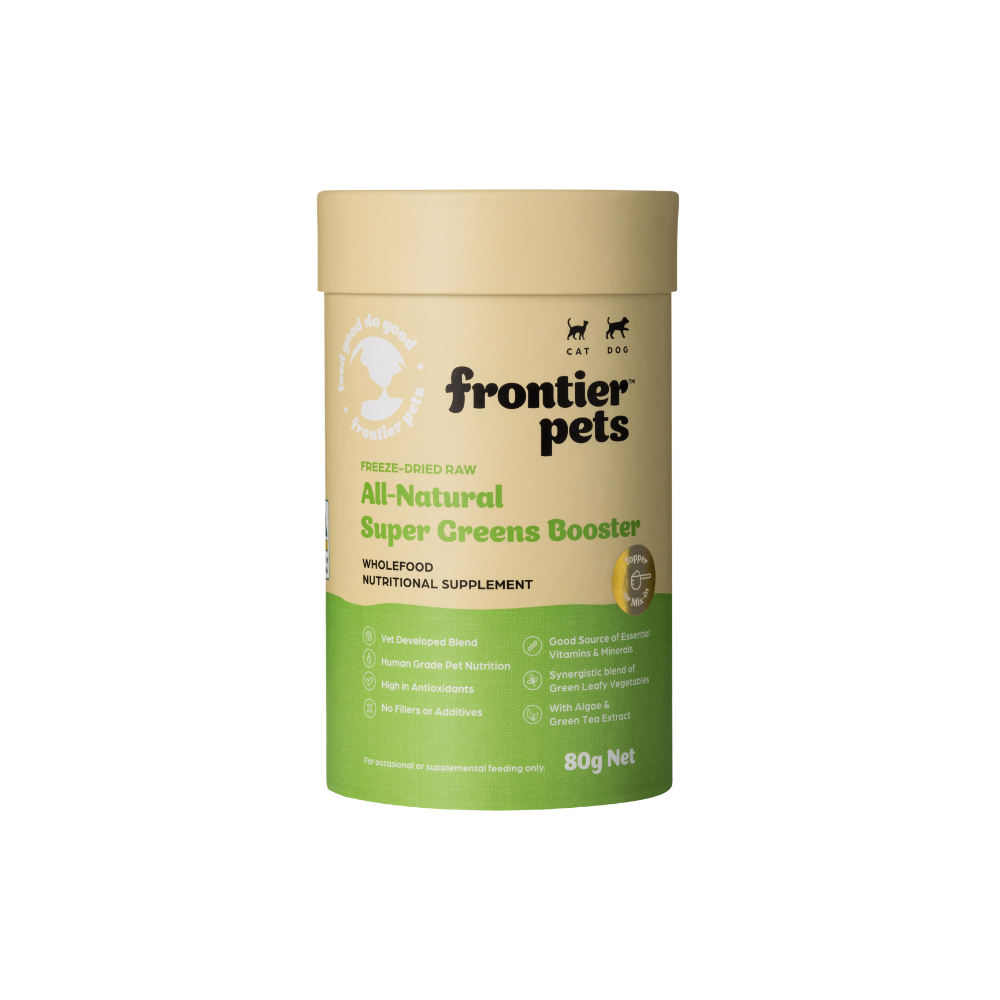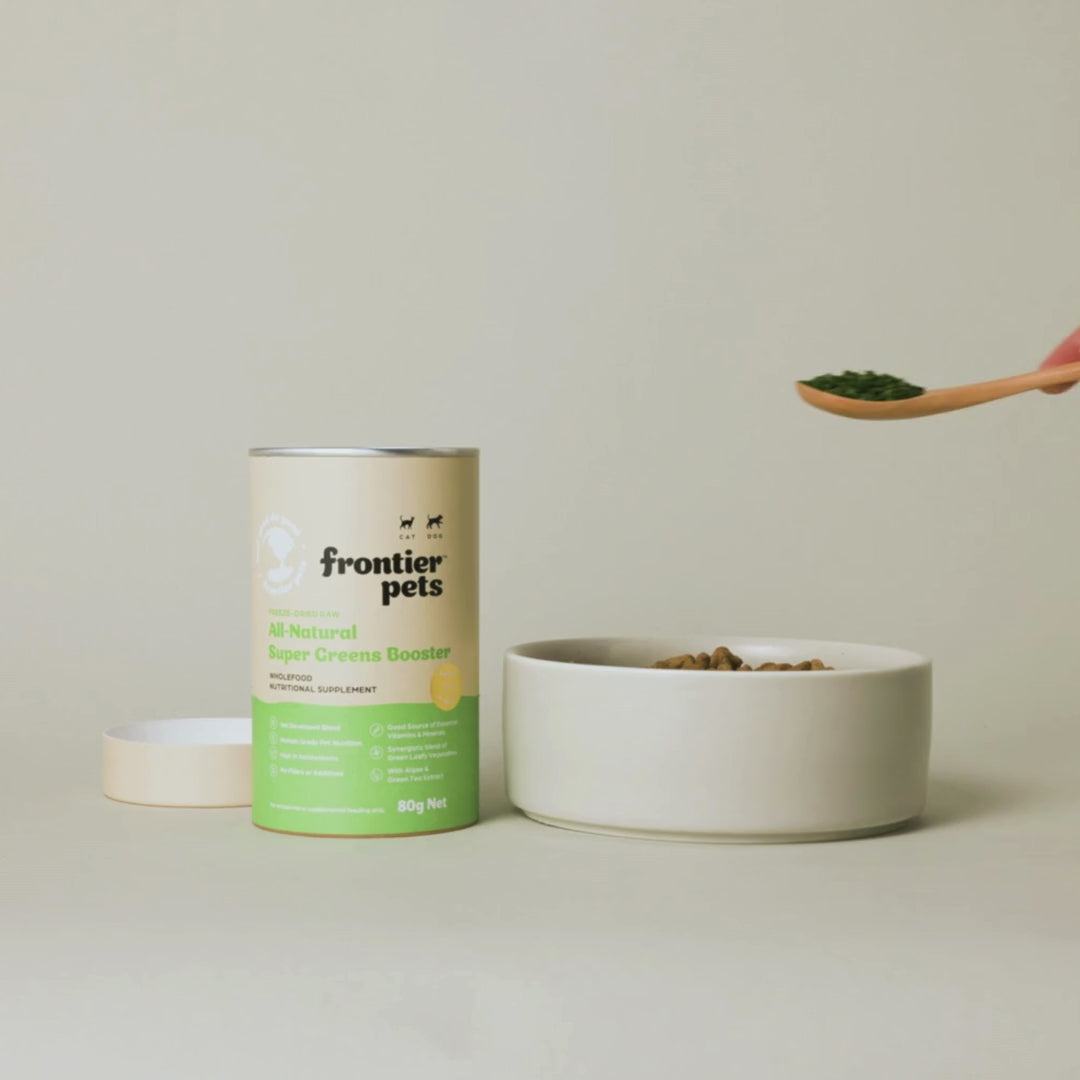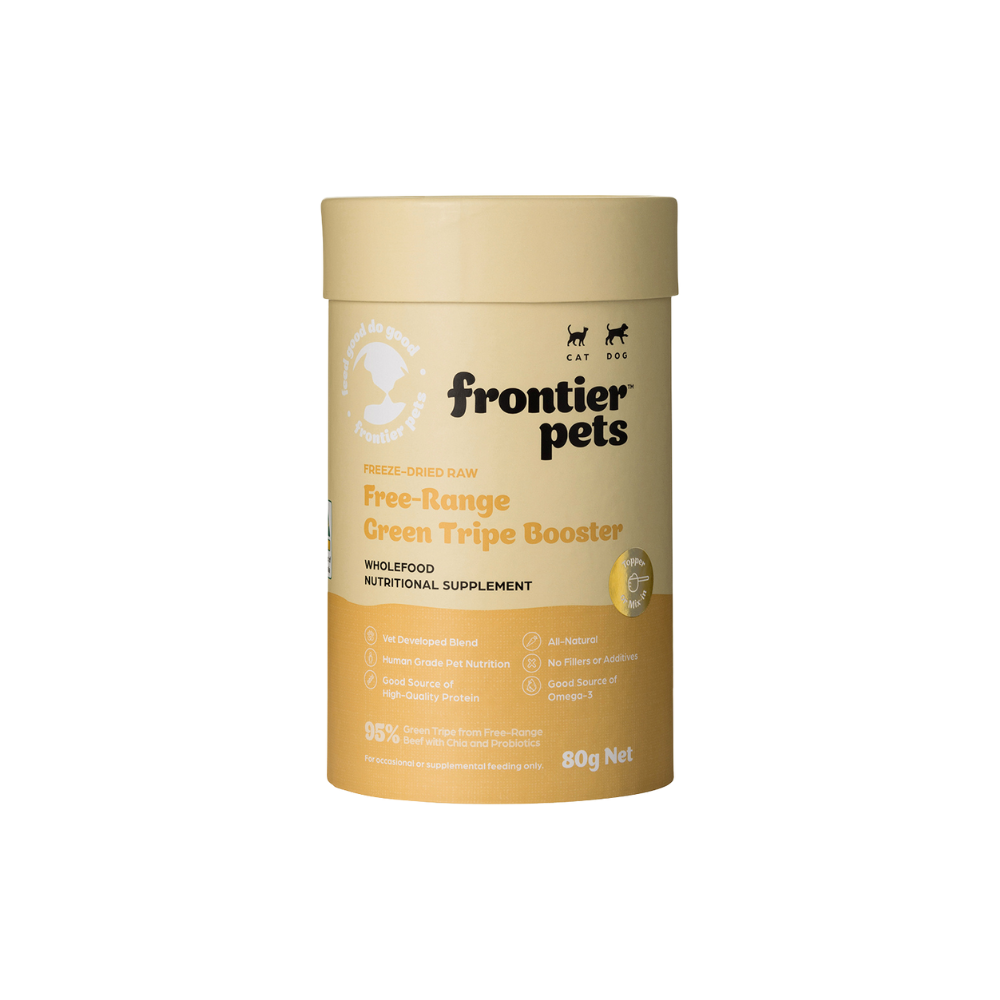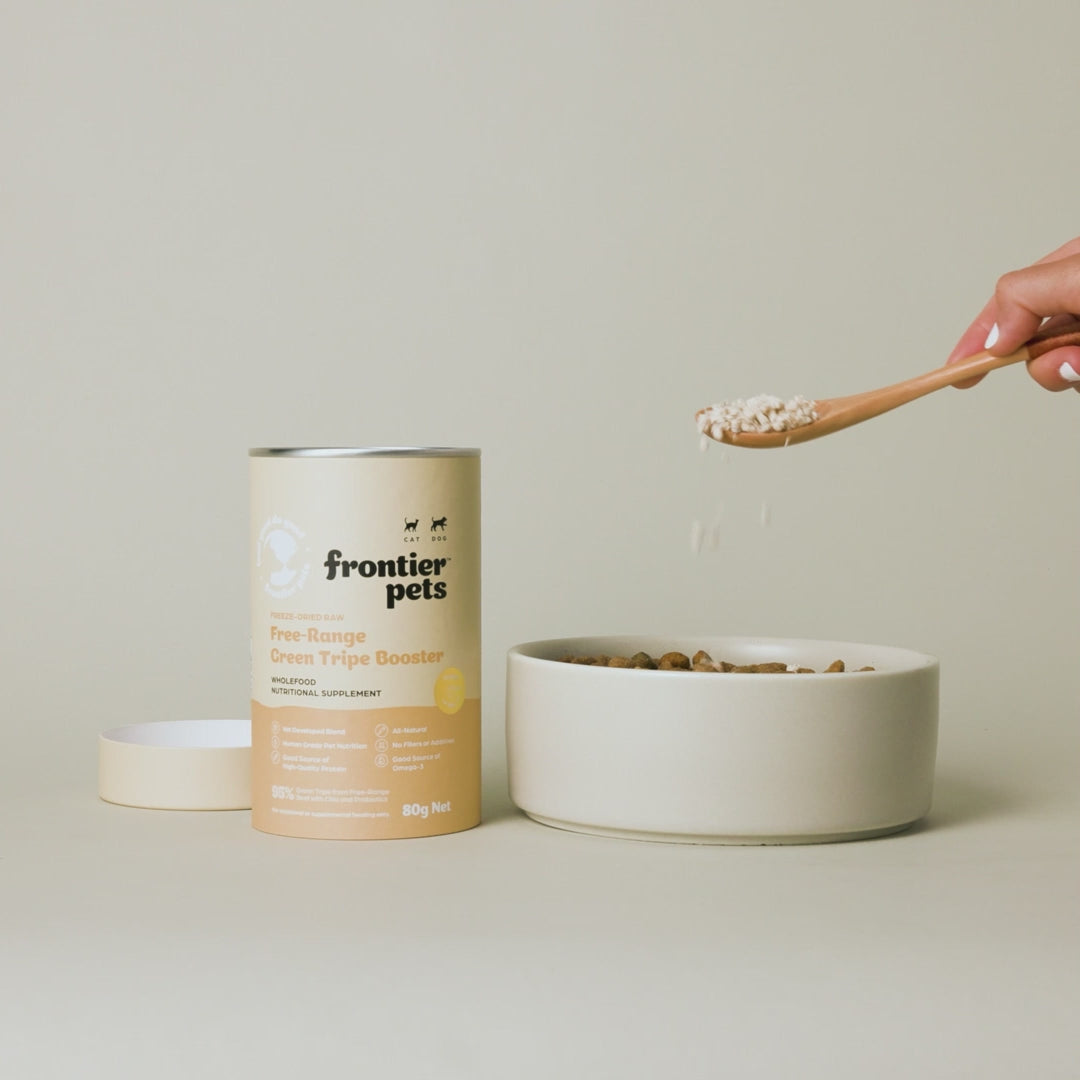My Cat Is Not Eating: An Owner's Guide to Fussy Eating Cats

Summary
Is your cat suddenly turning their nose up at their food? You're not alone. Cats can be fussy eaters due to various factors like uncomfortable bowls, routine changes, stress, weather, or underlying health issues. This guide provides actionable insights to encourage your cat to eat, including warming their food, experimenting with flavours, adding toppers, maintaining a consistent routine, and creating a calm dining environment. Remember, if your cat refuses food for over 24 hours or displays other signs of illness, consult a veterinarian immediately.
Why Is My Cat So Fussy with Her Food?
At Frontier Pets, we understand the frustration and worry that comes with a fussy feline. Many pet owners ask, "Why does my cat suddenly hate their food?" Cats are notoriously picky eaters, and identifying the root cause of their fussiness is crucial.
Understanding the reasons behind your cat’s fussy eating habits is the first step towards addressing the issue. Here are some common causes:
1. Bowl Preferences
- Problem: Cats may refuse to eat if their bowl causes discomfort, particularly if it's too deep, narrow, or reflective. This can lead to "whisker fatigue," a sensory overload caused by repeated whisker contact with the bowl's sides.
- Solution: Opt for wide, shallow dishes that allow your cat to eat without their whiskers touching the sides. This simple change can significantly improve mealtime comfort.
Visual Comparison: The Deep Bowl vs Shallow Bowl

In the graphic above, you can see the difference between a wide, shallow dish and a narrow, deep bowl. The shallow dish offers comfort and ease, while the deep bowl can create discomfort and discourage your cat from eating.
Ensuring their food bowl is comfortable is an easy yet effective step in addressing fussy eating habits.
📌 Key Takeaway: Comfortable bowls reduce stress and encourage eating.
2. Changes in Routine
Cats thrive on routine, and disruptions to their daily schedule can have a big impact on their eating habits. Irregular feeding times or changes in the household, such as introducing new family members or pets, can make your cat anxious and wary of their food. Even going on vacation and leaving your cat with a sitter or at a boarding facility can cause them to feel unsettled.
📌 Solution: Maintain consistent feeding times, even when using a pet sitter. Provide familiar items like their regular food and dishes. Consider an automatic feeder for irregular schedules.
3. Stressful Environments
Cats are highly sensitive to their surroundings, and stressful environments can significantly impact their willingness to eat. Excessive noise, such as loud music, television, or household appliances, can make your cat feel uneasy. Similarly, a busy household with frequent foot traffic or the presence of other animals can deter your cat from approaching their food.
📌 Solution: Create a quiet, low-traffic dining area away from loud noises and other pets. A peaceful eating environment can reduce your cat's stress.
4. Weather
Hot weather can lead to a natural reduction in appetite for cats. Similar to humans, cats may prefer lighter meals during the summer months. During particularly warm days, cats may drink more water and eat less food, which is a normal response to the heat.
To ensure your cat stays nourished, you can offer smaller, more frequent meals that are easy to digest. Wet cat food can be particularly beneficial during hot weather, as it provides additional hydration.
Additionally, serving meals during the cooler parts of the day, such as early morning or late evening, can make mealtime more appealing. Always ensure your cat has access to fresh, cool water to help them stay hydrated and comfortable during hot weather.
📌 Key Takeaway: Offer smaller, more frequent meals, especially wet food for hydration. Serve meals during cooler times of the day. Ensure access to fresh, cool water.
5. Health Issues
A sudden loss of appetite or increased pickiness at mealtime may indicate an underlying medical problem. Conditions such as dental disease, kidney disease, or digestive issues can make eating uncomfortable or unappealing for your cat. If your cat refuses to eat for more than 24 hours, it’s important to consult a veterinarian promptly. Early intervention can help address potential health concerns before they become more serious, ensuring your cat’s well-being and restoring their appetite.
📌 Key Takeaway: Consult a veterinarian if your cat refuses food for more than 24 hours or shows other signs of illness.
How Do I Get My Picky Cat to Eat?
Encouraging a fussy cat to eat requires a combination of strategy and patience. Here are some practical tips:
1. Warm the Food
Cats are more likely to eat food served at body temperature. Warming wet food slightly can enhance its aroma and make it more appealing. We suggest adding warm water to the dry food or our freeze-dried raw food to increase the aroma. In the wild, cats consume prey that is at body temperature, so serving food that mimics this warmth can appeal to their natural instincts. Cold or refrigerated food may seem unappetising and could even cause your cat to reject their meal.
However, not every cat likes wet food, so try feeding them just dry food and compare the food temperature differences. We recommend leaving a full water bowl out if you are feeding Frontier Pets cat food dry.
2. Experiment with Flavours and Textures
Offer a variety of flavours and textures to identify your cat’s preferences. Some cats prefer pate, wet food, while others enjoy chunky or shredded options. Rotating proteins like chicken, fish, and lamb can also keep meals interesting.
Additionally, rapid eating of cold food might occasionally lead to regurgitation or "cat barf," as their digestive system may struggle to process the abrupt temperature difference. Providing food at an ideal temperature can help reduce this issue and ensure smoother digestion, keeping your cat happy and healthy.
TIPS! Gradually introduce new foods over 7–10 days to avoid upsetting your cat’s stomach.
3. Add Toppers or Broth
Enhance the flavour of your cat’s food with toppers such as freeze-dried treats, low-sodium chicken broth or our Boosters. Cats have an incredibly strong sense of smell, and adding aromatic meal toppers can make their food more enticing. These additions provide variety, which cats often enjoy and can turn an otherwise bland meal into an appealing feast. Experiment with different toppers to find what your cat loves most, and ensure the added ingredients are safe and nutritious for their diet.
4. Stick to a Routine
Consistency is key when it comes to feeding your cat. Feeding your cat at the same times every day helps reduce anxiety by creating a predictable schedule they can rely on. Cats are creatures of habit, and establishing a routine not only supports their physical health but also promotes emotional stability. If you need to adjust feeding times due to work or travel, try to make changes gradually to avoid unnecessary stress.
5. Minimise Treats
While treats can be a delightful addition to your cat’s diet, overfeeding them can make regular meals seem less appealing. Cats can quickly develop a preference for treats over their balanced food, leading to nutritional gaps. To encourage healthy eating habits, limit treats to occasional rewards and ensure they make up only a small percentage of your cat’s overall diet. Focus on offering treats that complement their nutrition rather than replace it.
6. Create a Calm Dining Environment
Cats value their privacy and prefer to eat in quiet, undisturbed spaces. Choose a low-traffic area in your home where your cat can enjoy their meal without distractions. If you have multiple pets, consider setting up separate feeding stations to prevent competition or intimidation. Additionally, ensure the feeding space is not close to the litter box, free from loud noises, such as appliances or busy family activities, to help your cat feel secure. Creating a calm environment can significantly improve your cat’s willingness to eat.
A clean feeding area is crucial. Always check for a dirty bowl or spoiled food in their litter box area, as these can deter a cat from eating. Use airtight containers to store quality cat food, ensuring its freshness and palatability.
7. Use Food Puzzles
Engage your cat’s natural hunting instincts by incorporating interactive food puzzles or toys into mealtime. These tools can make eating more stimulating and rewarding, especially for cats who enjoy mental challenges. Food puzzles are not only a fun way to serve meals but also help slow down fast eaters and provide an added layer of enrichment. Start with simple puzzles and gradually introduce more complex ones to keep your cat engaged and excited about mealtime.
Will a Picky Cat Eventually Eat?
Cats may instinctively eat when they become very hungry, but this isn’t an ideal or safe approach for managing picky eating. Prolonged fasting can lead to serious health risks, such as hepatic lipidosis, a potentially life-threatening liver condition. Instead of waiting for your cat to "give in," focus on addressing the root causes of their fussiness. By creating a stress-free mealtime environment, sticking to a routine, and experimenting with flavours and textures, you can encourage your cat to eat a balanced diet without putting their health at risk.
Solution: Address the root causes of fussiness instead of waiting for them to "give in." Consult a veterinarian if they refuse food for over 24 hours.
When to Seek Veterinary Advice
A fussy eater can sometimes indicate an underlying medical issue. Contact your vet if:
- Your cat hasn’t eaten for more than 24 hours.
- They show other signs of illness, such as vomiting, lethargy, or weight loss.
- Dental issues or bad breath are present, as this could indicate oral health problems.
Conclusion
Feeding a fussy cat can be challenging, but understanding their preferences and providing a stress-free feeding environment can make a world of difference. It’s normal for cats to lose interest in eating the same food repeatedly, so rotating flavours or introducing new foods gradually can help maintain their interest.
Remember that sometimes, your cat might simply not be hungry, so it’s important to observe their behaviour and body language without worry. If all else fails, consult your veterinarian for tailored advice. With patience and persistence, you can help your cat enjoy mealtimes once again.
Frequently Asked Questions (FAQs)
More Blog posts
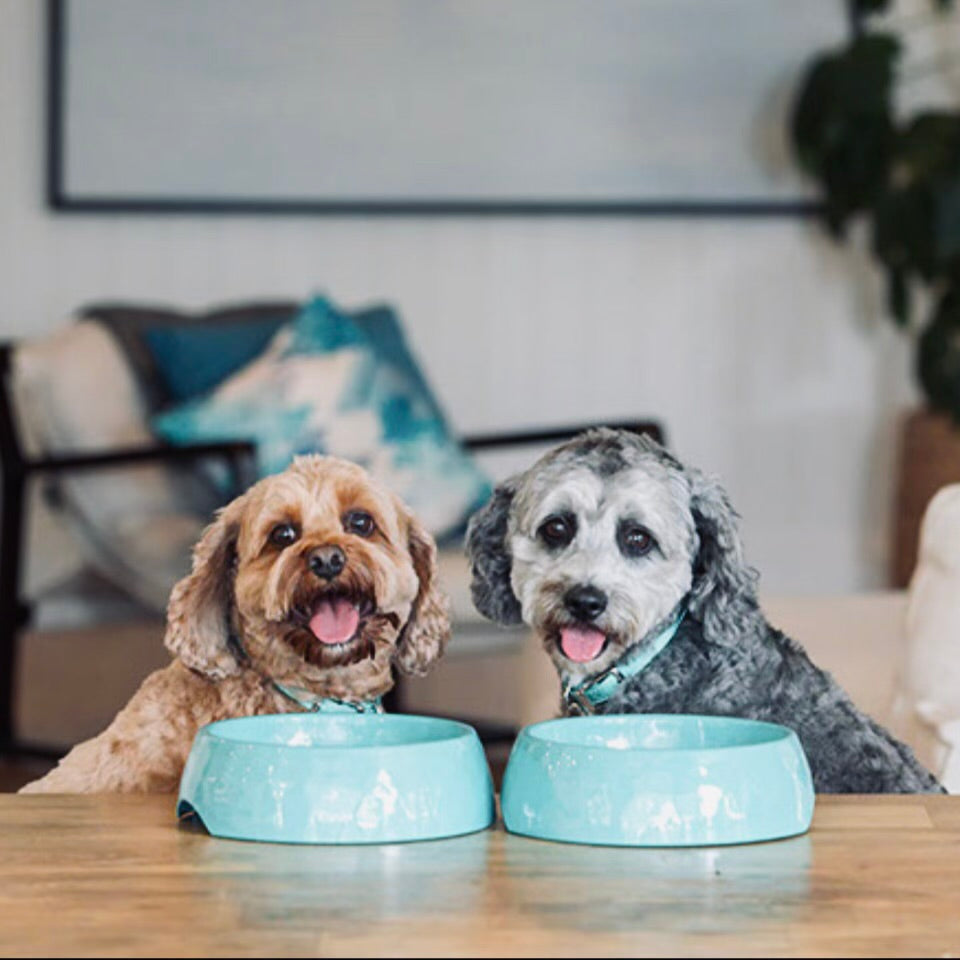
Best Low Maintenance Dog Breeds in Australia
Choosing your new fluffy companion is never easy. There is a wide range of considerations that go into finding the perfect pup for you! From your lifestyle to your living arrangements, it’s importa...
Read more
Steps With Pets Charity Challenge, August-September 2025
Steps with Pets – Tottenham Hotspur’s global charity dog-walking challenge, supported by Frontier Pets Calling all dog-loving Spurs fans around the world! This is your chance to combine your pass...
Read more
